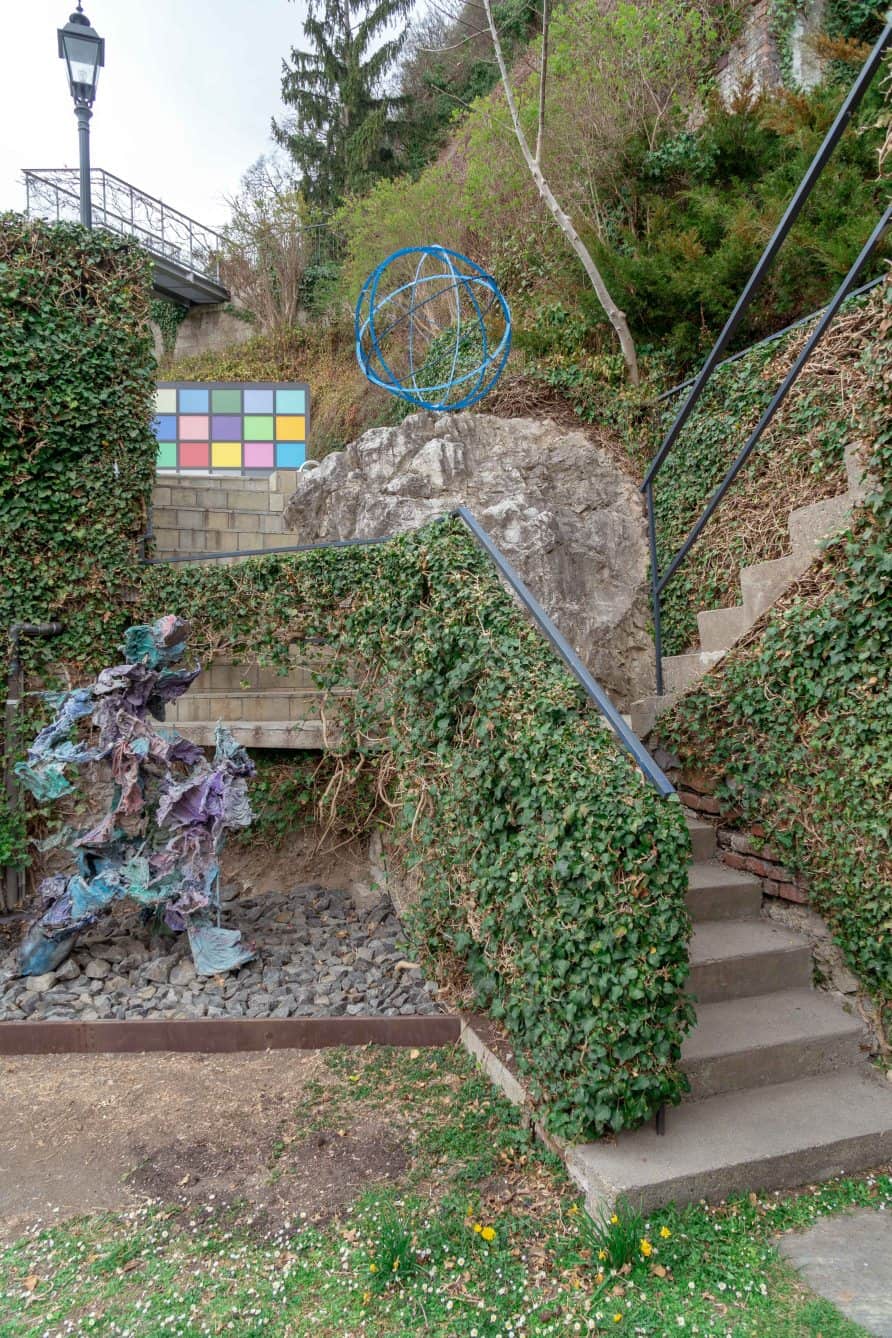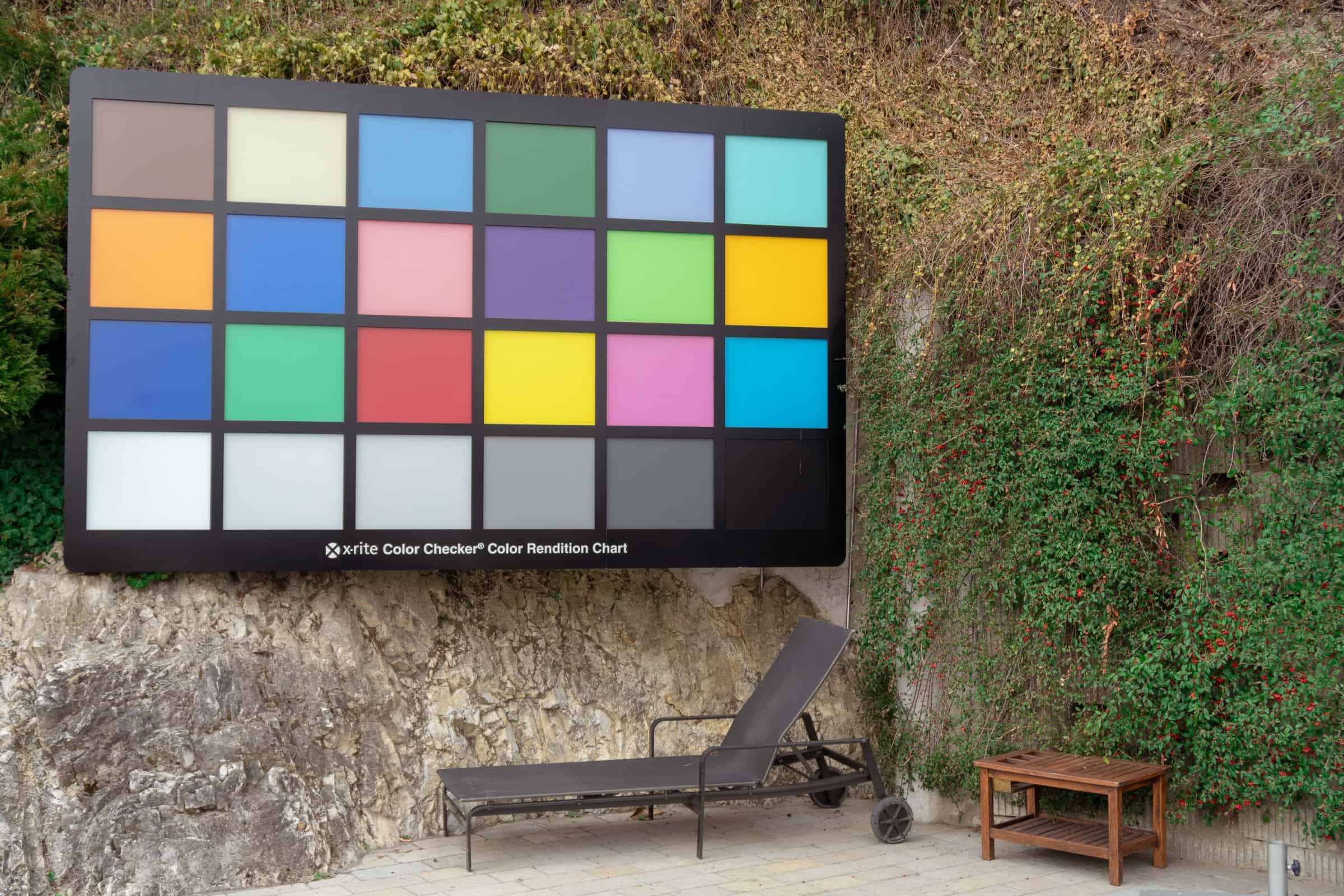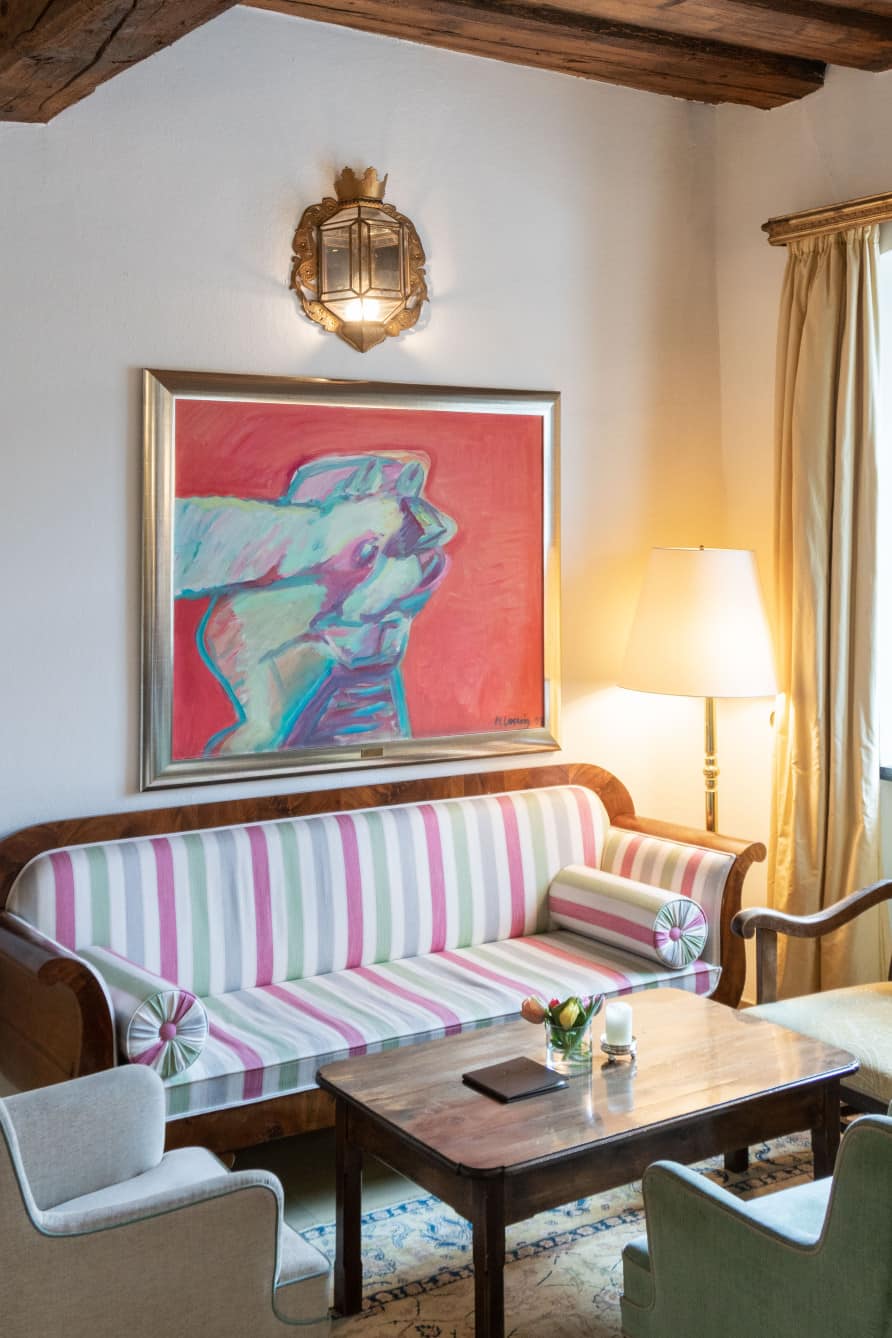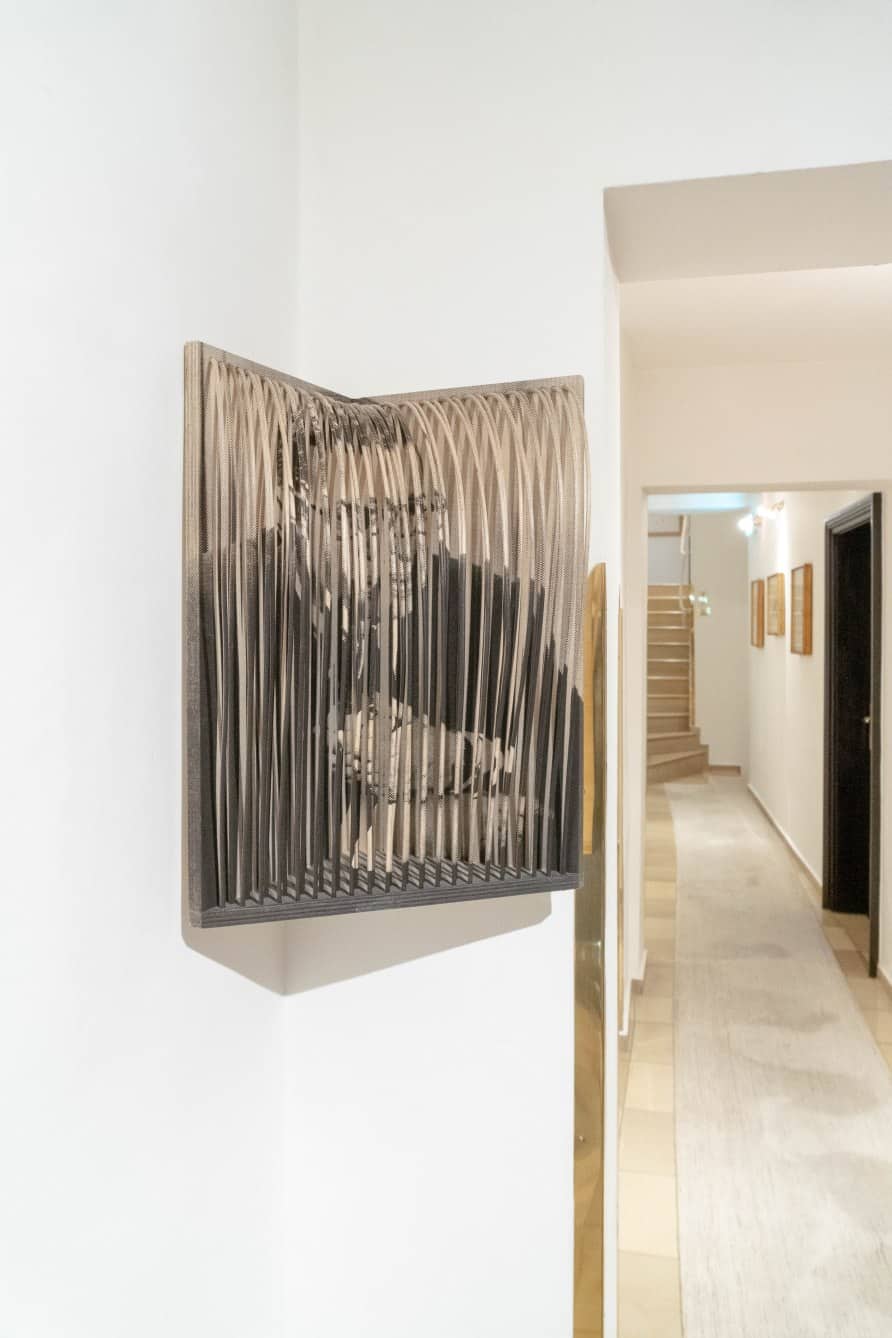“You have to see art, it has to live.”
Helmut Marko, former racing driver and motorsport boss of Red Bull, about his art collection, the connection of Formula 1 and art, and why his entire art collection can be found is his hotels in the city of Graz.
viennacontemporary: From Formula 1 to an art collection – that’s a long way to go. How did you get involved in the arts?
Helmut Marko: I still remember, the first meeting with a world artist was with Jean Tinguely at Le Mans. He regularly came to the races, as he was very close friends with racing driver Jo Siffert. At that time the accidents were more frequent, the consequences more extreme … he used to collect these accident parts and built them into his machines. He was one of those world-class artists! BMW later initiated this art series, Rosenquist took part in it… actually, almost everyone in America who was important took part in it. These artists, they always showed up at races and so I met them all. The one who still comes regularly, despite his old age, is Frank Stella. Maybe it’s the associations that so many artists are into Formula 1. Maybe also because they have to go to extremes… and of course the combination with technology.
Not everyone has to buy art. You can go to the museum as well. What was the first impulse that you said: I have to have this at home?
Well, at home I have but very little art, most of it is almost open to the public, in my hotels.
Was it always clear to you that your art will not be at your home, that you wanted to do something different with it?
It was just an impulse. How should I explain…If I’m allowed to stereotype you as a woman: Imagine you walk past a shop window and see certain shoes, or a dress that stands out. It talks to you. You build a relationship. When I see a work of art – I buy it purely from the gut. Others buy yachts – I buy art.
That’s a good choice, isn’t it?
Yes, I believe it also has long-lasting value. And what is really great, in my opinion, is that over time and with the different experiences and impressions you gather, it constantly changes how you perceive the works. There are always these memories and connections. When I walk through the hotels, I constantly get reminded of different situations. Like: ‘ah, I bought this in his old New York factory’. I would never store my art in some depot, that’s out of the question. You have to see art, it has to live.
What was the first work you bought?
I bought from Hans Staudacher, who also came to racings. But the first one was printing, I think it was called “Soleil” … I can’t remember who it was from. I did not buy only Austrian art, though. In 14 days, I will go to China. In the past, there were interesting locations, for example, an old factory, where Chinese artist could live and work for very little money. This is now commercialized, so there are mostly galleries in these buildings and the prices … Five or 6 years ago there was an auction at Sotheby’s with a Chinese focus…the art was sold for prices like 10 million euros. Since then, art has been recognized as an investment also in China.
And for you, is it an investment for you too?
No. I buy from the gut. I have no requirements, I just look and get inspired.
Are there certain criteria that a work of art must fulfil to appeal to you?
No. But a conflict or contrast is not bad. I am not afraid of that. In the hotels, we have to rehang from time to time when it has become too chaotic and the different art pieces I bring in do not fit together anymore.
Is there a concept for each of your hotels or is it decided spontaneously what is hanged?
First of all, it depends on what I buy. And then the question is where it fits best. The Lend hotel’s architecture is suited best for hanging paintings. It’s amazing how much one painting can change the entire room and light atmosphere. In the lobby of the Augarten Hotel, we had to take off a piece by Hollegha because the colours were too dominant. Now there‘s a work by Rosa (?), whose black and white fits way better. Now the architecture resurfaces.
Some people have foundations and build museums. By hanging your art collection in hotels, you are making it semi-public. I’m sure some guests come only because of this.
Yes, that’s part of the marketing strategy. But there were already complaints. Some guests even want some pictures taken down. We then put a duvet on top of it.
Well, it’s better to elicit extreme emotions than hang paintings that nobody notices.
At the Augarten Hotel, we have a painting by Maria Lassnig by the stairs down to the garage. You know, when she was alive, she said that most of all she would fear to hang in the living room of some philistine family. Everyone tells me I’m crazy to put the work of Lassnig in the corridor to the basement…but I do it to honour this statement she made.
What does an art collection mean for the collector? Why is she so important to you?
The older you get – and I’m already very old – you just want to surround yourself with things that are… “beautiful” is not the correct word…that have quality. At work, I try to delegate as many annoying tasks. So I can sit in my office then and look at a picture the way others watch the sunset.
What’s beautiful about your collection is how naturally it has grown through your contacts with collectors.
Yes, but by now I’m having a hard time participating in these evening programs. After drinking too much, I’m done for a day or two. Just recently, artist Chrisitan Eisenberger was back in Graz on the occasion of the Biennale and I had to kindly decline meeting up with him because I knew exactly where this would go… Although he is one of the young sensationalists. His approach – some say it’s elitist – but that’s just his creativity, his nature. When I visited him in his first studio, there were five or six large-scale pictures hanging outdoors in the backyard. The frames were so distorted, but he just said the picture must endure it and if it changes the form, that’s just how it belongs. With a few pieces of wood, he can immediately create art. It is transient, yes, but that is this intuitive way of creating.
Is there any work that you did not buy and regret it at hindsight?
Well, Franz West is the most popular example. But there are things I regret more. Once, I was offered a special Porsche that I drove in Le Mans for 10.000 DM. 10 or 12 years later, it was put in a museum and declared 15 million euros worth.
Seeing how personal relationships with artists are important to you, has the “MeToo”-Movement had an influence on how you regard works based on the artists who created them?
I judge by the quality of work. I do not dare to judge someone like for example Otto Mühl because of his criminal activity, for which he was also punished. For me, artistic work is in the foreground. Like in real life with my Formula 1 racers: They’re here because they’re doing an extraordinary job. I might get along well with some of them and not so much with others, but that does not matter as it is their performance that counts. I could not care less about that pseudo-moralistic attitude that you have hinted at.
Do you have any tips for young collectors?
Firstly: Buy from the gut. Secondly, if he or she buys stocks, the value may increase or decrease, but it is nothing visual. A picture can be looked at every day. If it was a clever buy – or the owner is lucky – it will increase value, but anyway, there is always the contact between art and its owner. And thirdly, artists are usually ahead of their time … or rather: they think differently and you can even get inspired by their – I would even say ‘visionary’ way of thinking. They live and see differently than us normal people.
What was the last work you bought?
The photo here by the Iranian artist Soli Kiani. She grew up in Iran during the revolution, when it went from wearing miniskirts to the burka and life could only happen secretly. She’s a strong artist.
Which young artists from Austria should people look out for?
There is so much movement in the young Austrian scene. I do not participate in this ranking. That’s why I never go to vernissages, there’s always this ‘ranking audience’.
You really never go to vernissages?
Well, what I like most, is visiting the artists’ studios. Just recently I did a tour to ten ateliers. There you have the whole overview and can see what’s in the making. Most of the time I try to take friends with me, so they can enjoy it too.
Written by viennacontemporary















